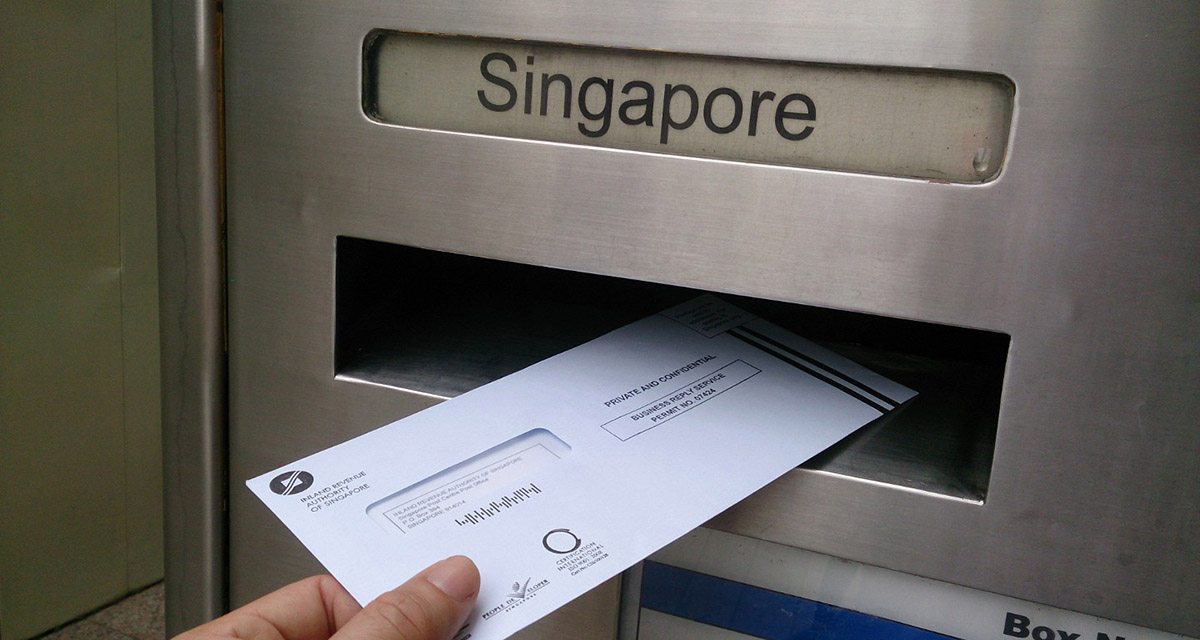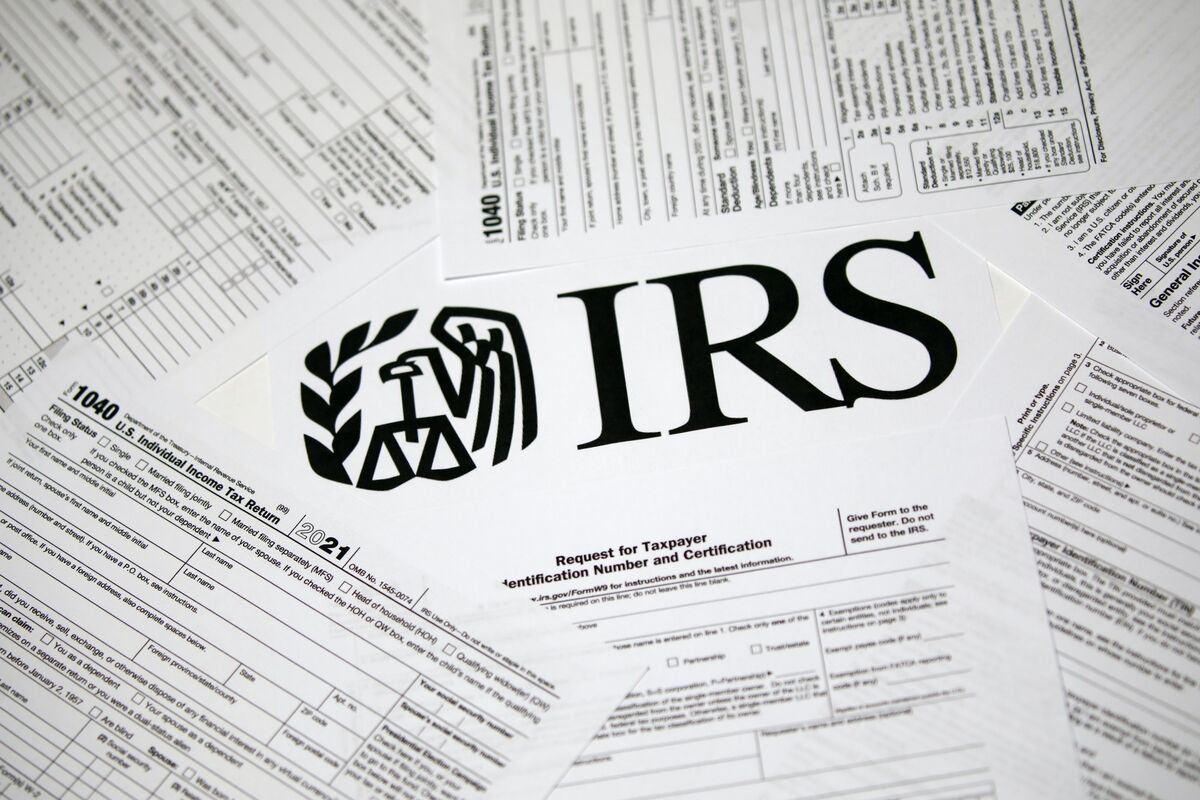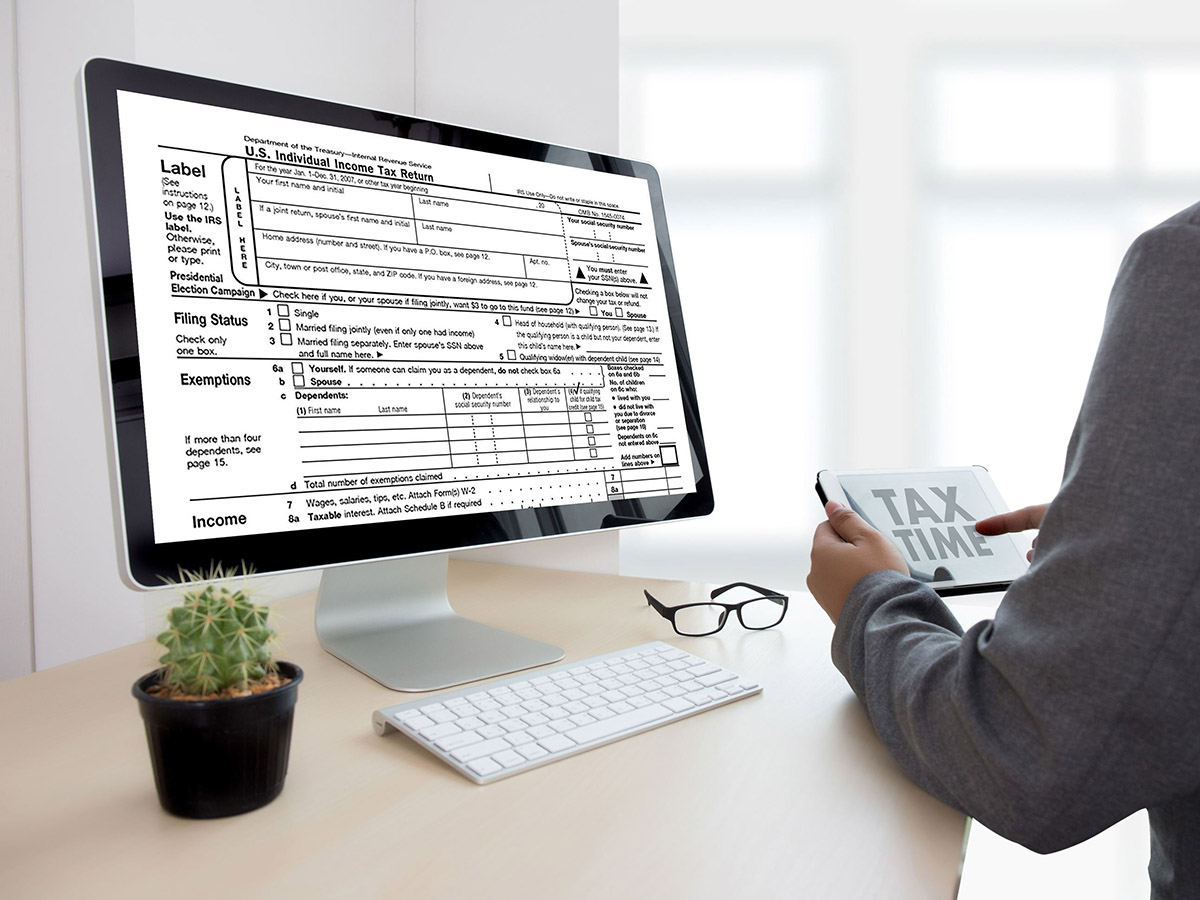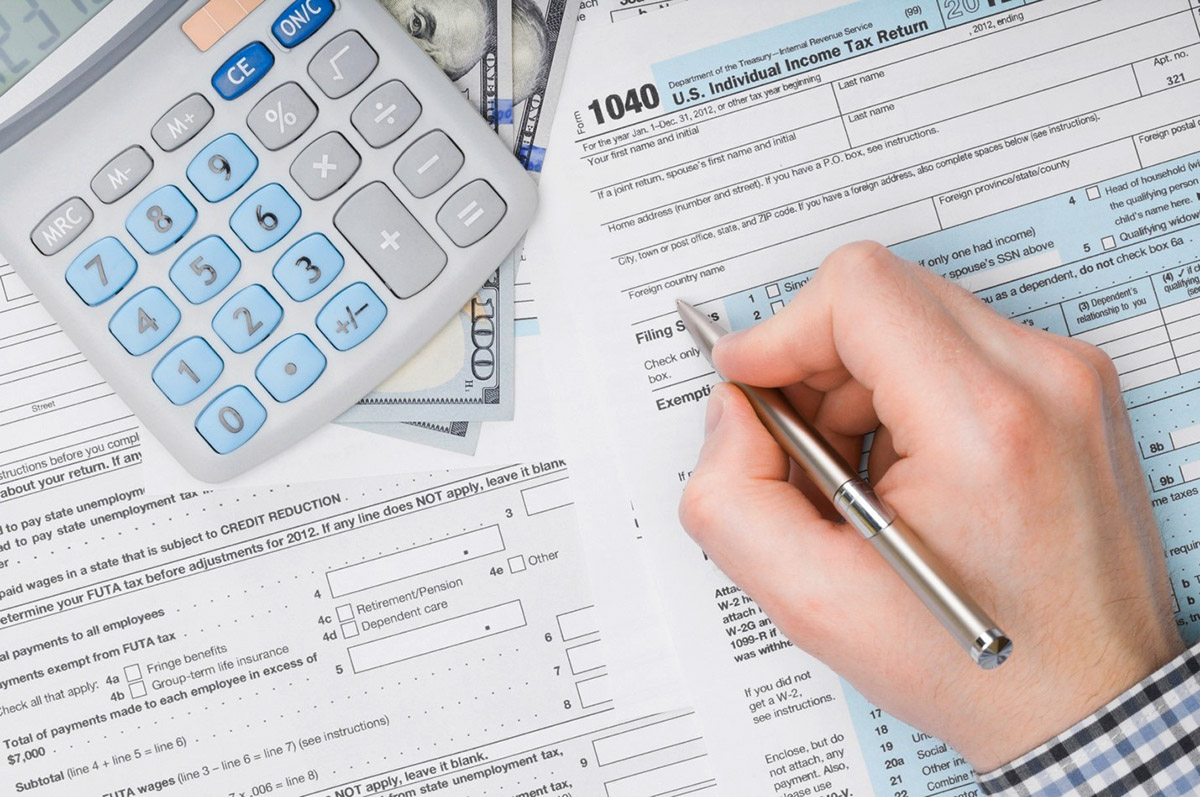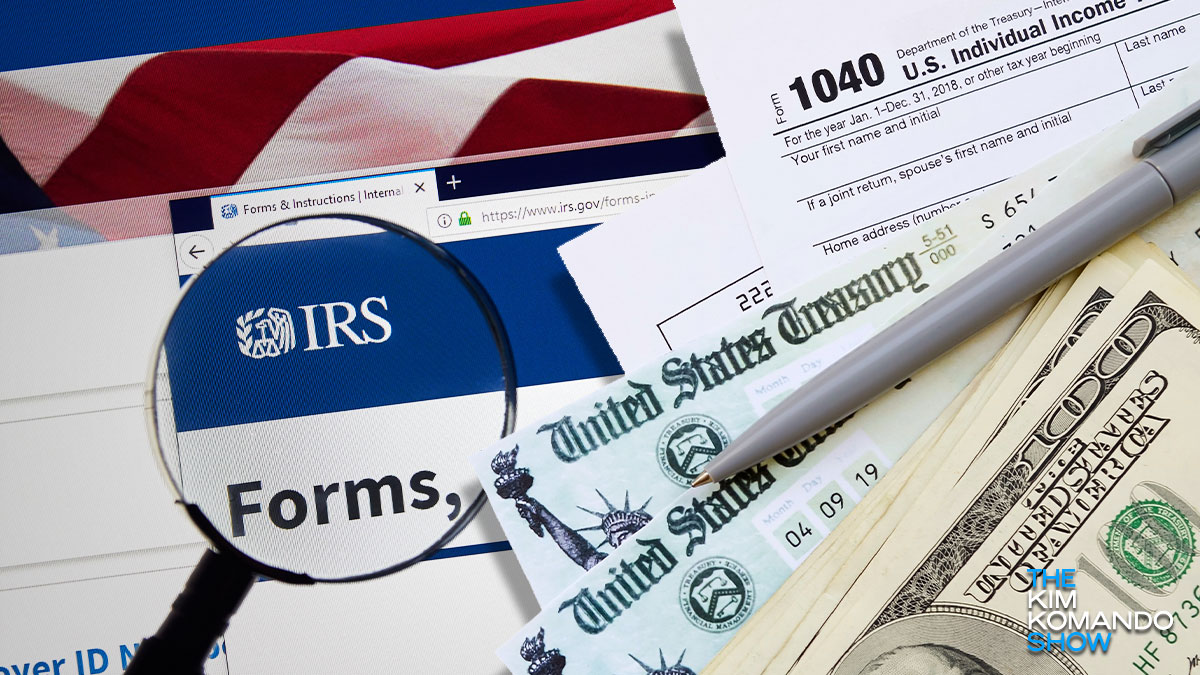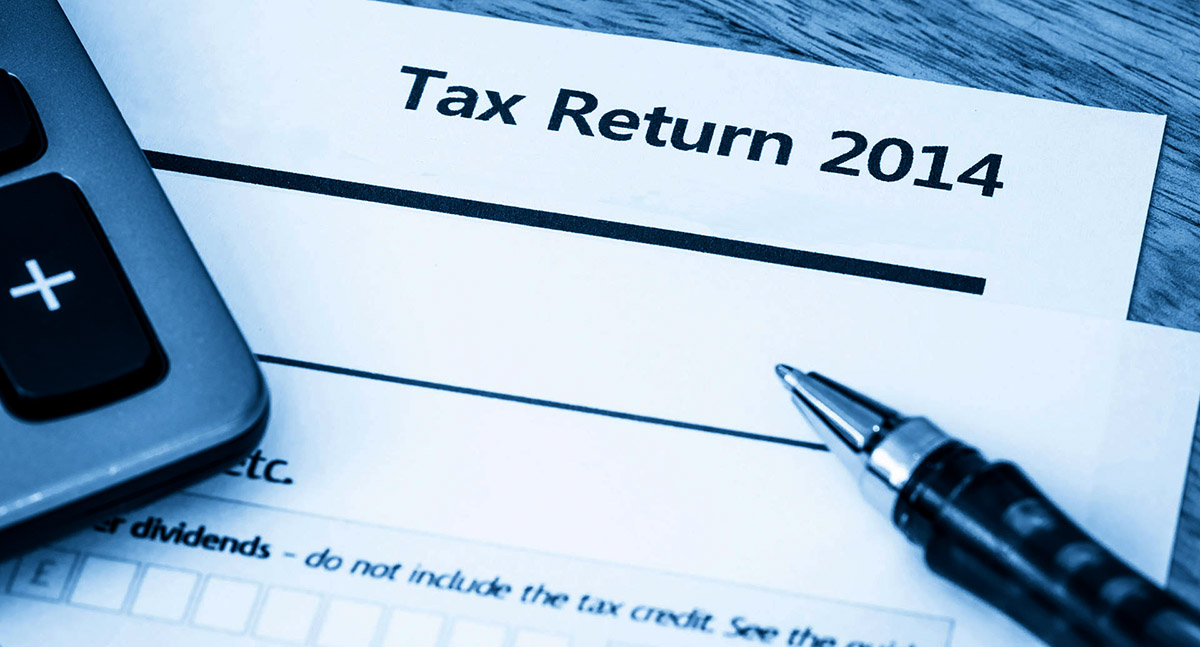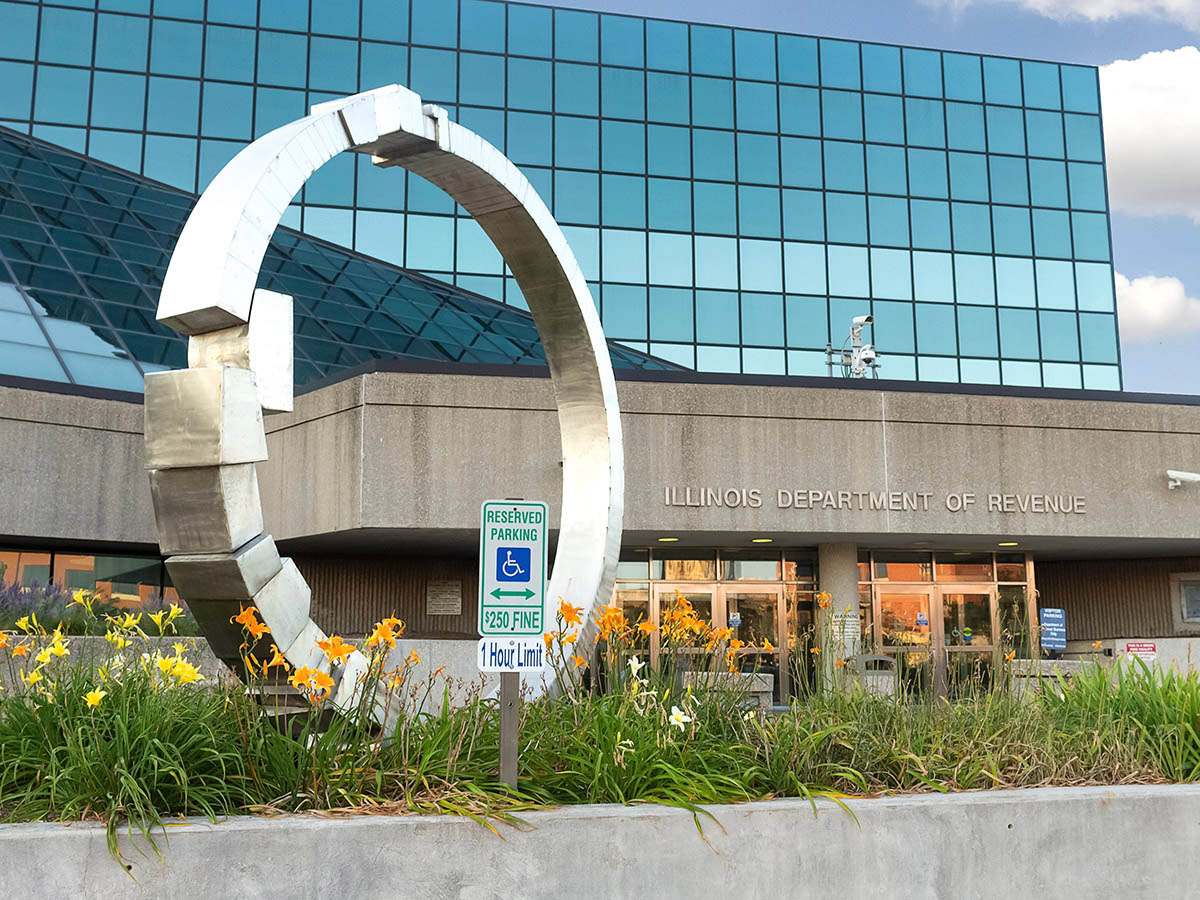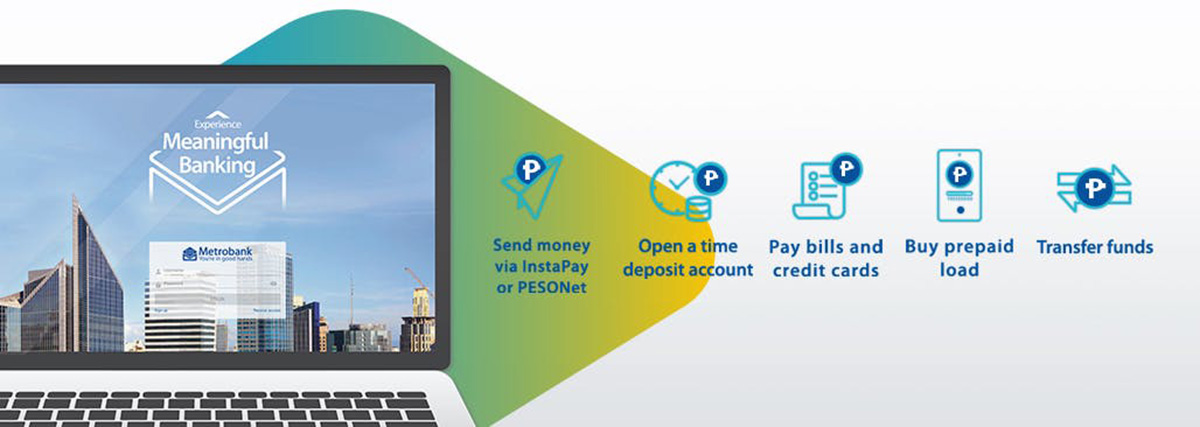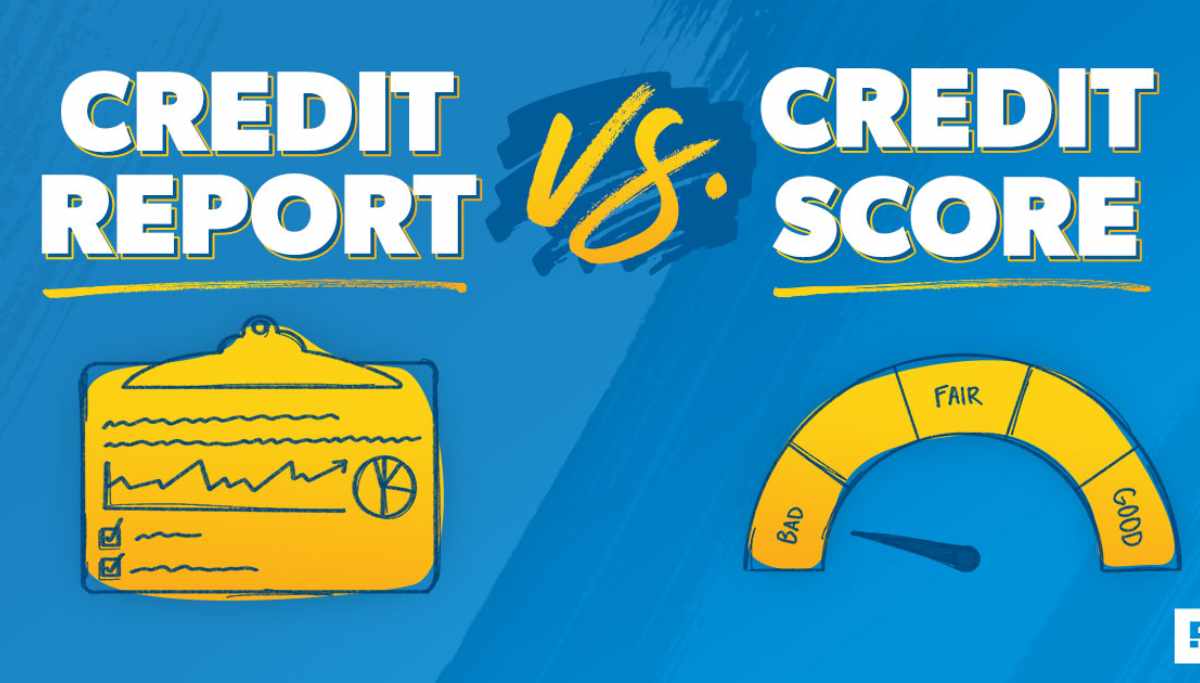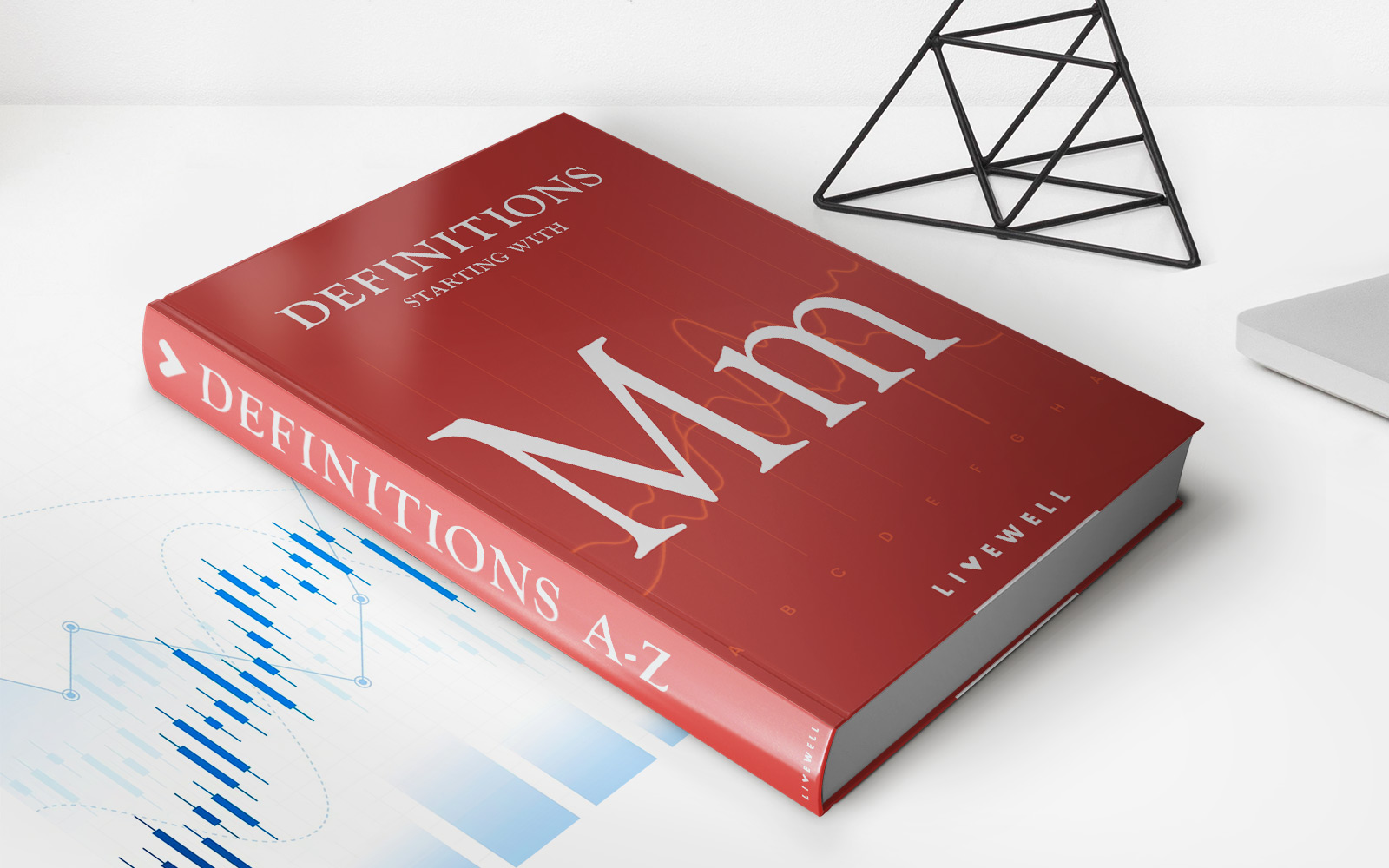

Finance
Where To Send A Minnesota Tax Return
Published: October 29, 2023
Looking for information on where to send your Minnesota tax return? Find out the proper address and instructions to ensure your finance-related documents are submitted correctly.
(Many of the links in this article redirect to a specific reviewed product. Your purchase of these products through affiliate links helps to generate commission for LiveWell, at no extra cost. Learn more)
Table of Contents
Introduction
When it comes to filing your taxes in Minnesota, it’s essential to know where to send your tax return. While many individuals opt for electronic filing, there are still those who prefer to submit their returns on paper. Whether you’re a resident of the Land of 10,000 Lakes or a non-resident who generated income in Minnesota, understanding where to send your tax return is crucial to ensure timely and accurate processing.
In this article, we’ll explore the various options available for submitting your Minnesota tax return, including the mailing address for paper returns and electronic filing options. Additionally, we’ll cover payment options if you owe taxes and highlight important deadlines you need to keep in mind. By the end, you’ll have a comprehensive understanding of how to complete and submit your Minnesota tax return.
Before we dive into the details, it’s important to note that this article is intended as a general guide. Tax laws and regulations can change, so it’s always a good idea to consult with a tax professional or visit the official Minnesota Department of Revenue website for the most up-to-date information.
Mailing Address for Paper Returns
If you prefer to file your Minnesota tax return on paper, you’ll need to know the correct mailing address to ensure that your return reaches the appropriate department for processing. The address you should use depends on the type of return you’re filing and whether you’re expecting a refund or making a payment.
For individuals who are filing a Minnesota Individual Income Tax Return (Form M1) and are expecting a refund, the mailing address is as follows:
- Minnesota Department of Revenue
- Mail Station 0010
- St. Paul, MN 55145-0010
Please note that if you are enclosing a payment with your return, DO NOT use this address. Instead, use the payment address provided on the Minnesota Department of Revenue website.
If you are filing a Minnesota Individual Income Tax Return (Form M1) and have a balance due, the mailing address for payments is as follows:
- Minnesota Department of Revenue
- Mail Station 3320
- St. Paul, MN 55146-3320
Make sure to include your payment voucher (Form PV) with your check or money order. It is important to note that the payment address may differ for different types of tax returns, such as business taxes or estate taxes. Therefore, it is crucial to double-check the specific mailing address for your particular tax return on the Minnesota Department of Revenue website or consult with a tax professional.
When sending your paper return, it is recommended to use certified mail or a reputable courier service to ensure a documented delivery. This will provide you with proof of mailing in case there are any discrepancies or issues with the processing of your return.
Electronic Filing Options
Filing your Minnesota tax return electronically not only saves time and effort but also ensures quicker processing and reduces the chance of errors. The Minnesota Department of Revenue offers several electronic filing options that make it convenient for taxpayers to submit their returns.
One of the most popular ways to file electronically is through the Minnesota Department of Revenue’s eFile system. This system allows you to file your individual income tax return (Form M1) directly on their website. You’ll need to create an account and follow the step-by-step instructions to complete and submit your return. The eFile system also has built-in error-checking features that can help catch common mistakes and ensure accuracy.
Another option is to use commercial tax preparation software. Many reputable software providers offer services specifically tailored for Minnesota taxes. These software programs walk you through the process of filling out your tax forms, calculate your owed taxes or refunds, and generate the necessary documents for electronic filing. Be sure to choose software that is compatible with Minnesota tax requirements.
If you prefer to have assistance from a tax professional, you can also e-file through an authorized tax preparer. These professionals are trained in tax laws and regulations and can guide you through the process of preparing and electronically filing your Minnesota tax return. They will ensure that all the necessary forms and supporting documents are included and filed correctly.
It’s worth noting that if you choose to file electronically, you may also have the option to electronically pay any taxes owed. This can be done through the eFile system or by using the Minnesota Department of Revenue’s electronic payment system, which allows for secure and convenient online payments.
Regardless of the electronic filing method you choose, it’s important to keep a copy of your filed tax return for your records. You should also retain any supporting documents, including receipts and statements, as the Minnesota Department of Revenue may request them for verification purposes.
Electronic filing not only simplifies the tax filing process but also typically results in faster refunds, as the electronic system allows for quicker processing and fewer errors. Therefore, if you’re eligible and have the necessary documents, consider taking advantage of the electronic filing options available for your Minnesota tax return.
Payment Options
If you owe taxes to the state of Minnesota, it’s important to know the various payment options available to ensure timely and accurate payment. The Minnesota Department of Revenue provides several convenient methods for taxpayers to make their tax payments.
One of the simplest ways to pay your Minnesota tax bill is through the department’s electronic payment system. This secure online platform allows you to make your payment using a credit card or electronic funds transfer (EFT). You will need to provide your tax information, such as your Social Security number and the type of tax you are paying, along with the payment amount. The electronic payment system is available 24/7, providing you with the flexibility to make your payment at any time that is convenient for you.
If you prefer to pay by check or money order, make sure to make it payable to the Minnesota Department of Revenue. Include your Social Security number or taxpayer identification number on the payment to ensure that it is applied correctly to your account. Additionally, be sure to include any required payment voucher or form with your payment. These forms may include Form PV for individual income tax payments or specific forms for business taxes or estate taxes.
If you are unable to pay your full tax bill at once, the Minnesota Department of Revenue offers options for payment plans. These installment agreements allow you to make monthly payments to satisfy your tax obligation over time. However, it is important to note that interest and penalties may still apply during the period that you are making installment payments.
Another option is to pay your taxes in person at one of the Minnesota Department of Revenue’s walk-in centers. These centers are located throughout the state and provide in-person assistance for various tax-related matters. You can make your payment using cash, check, or money order at these locations.
Regardless of the payment method you choose, it’s important to ensure that your payment is submitted on time to avoid late payment penalties and interest charges. Be sure to review the Minnesota Department of Revenue’s website for specific due dates and payment instructions for your tax type.
Lastly, keep in mind that it’s always a good idea to retain documentation of your tax payments, including copies of checks, receipts, or confirmation numbers for electronic payments. This will serve as proof of payment in case any discrepancies or issues arise in the future.
Important Deadlines
Knowing the important deadlines for filing your Minnesota tax return is crucial to avoid penalties and interest charges. The Minnesota Department of Revenue sets specific due dates for different types of tax returns and payments. Here are some key deadlines to keep in mind:
- Individual Income Tax Returns (Form M1): The deadline for filing your Minnesota Individual Income Tax Return (Form M1) is typically April 15th. However, if April 15th falls on a weekend or holiday, the deadline is extended to the next business day. It’s important to note that if you file for an extension of time to file your federal tax return, the automatic extension also applies to your Minnesota tax return.
- Estimated Tax Payments: If you are required to make estimated tax payments throughout the year, the due dates are typically April 15th, June 15th, September 15th, and January 15th of the following year. These payments are based on your projected tax liability and are designed to spread the tax burden throughout the year.
- Business Taxes: Various business taxes, such as sales tax, withholding tax, and corporate franchise tax, have different filing and payment deadlines. It’s important to consult the Minnesota Department of Revenue’s website or speak with a tax professional to determine the specific deadlines for your business taxes.
- Property Tax Returns: If you are responsible for filing a property tax return, the due date is typically May 15th. This applies to individuals and businesses who own or lease property subject to property tax.
- Extension of Time to File: If you need additional time to file your Minnesota tax return, you can request an extension. The Minnesota Department of Revenue follows the federal extension guidelines, which grants you an automatic six-month extension. However, it’s important to note that an extension to file does not extend the deadline for payment. Any taxes owed must still be paid by the original due date to avoid penalties and interest.
It’s essential to be mindful of these deadlines and ensure that you file your tax return and make any necessary payments on time. Failing to meet the deadlines may result in penalties and interest charges, which can increase your overall tax liability.
It’s recommended to mark these dates on your calendar in advance and consider setting reminders to stay organized and avoid any last-minute rush. By staying proactive and meeting the deadlines, you can have peace of mind knowing that you’ve fulfilled your tax obligations in a timely manner.
Additional Resources
Filing your Minnesota tax return can seem overwhelming, but there are additional resources available to help you navigate the process and ensure compliance with tax laws and regulations. Here are some valuable resources to consider:
- Minnesota Department of Revenue Website: The official website of the Minnesota Department of Revenue is a comprehensive resource for all your tax-related needs. It provides up-to-date information on filing requirements, forms and publications, payment options, and important deadlines. You can also find answers to common questions and access various online services, such as eFile and electronic payment systems.
- Tax Professionals: If you find the tax filing process complex or need personalized guidance, consulting a tax professional is a wise choice. Enrolled agents, certified public accountants (CPAs), and tax attorneys are trained experts who can help you navigate the intricacies of Minnesota tax laws and ensure accurate and timely filing. They can also provide valuable advice on deductions, credits, and strategies to minimize your tax liability.
- Tax Preparation Software: If you prefer a do-it-yourself approach, tax preparation software can be a valuable tool. Software programs, such as TurboTax or H&R Block, provide step-by-step guidance, help you accurately complete your tax forms, and offer eFile options for submitting your Minnesota tax return. Make sure to choose software that is specifically designed for Minnesota taxes to ensure compliance with state-specific requirements.
- Taxpayer Assistance Centers: The Minnesota Department of Revenue operates taxpayer assistance centers throughout the state to provide in-person support. These centers offer services such as answering tax-related questions, providing assistance with completing tax forms, and helping resolve tax issues. You can visit the department’s website to find the nearest taxpayer assistance center in your location.
- Telephone and Email Support: The Minnesota Department of Revenue provides telephone and email support for taxpayers seeking assistance with their tax-related queries. You can find contact information on their website and reach out to their customer service representatives who can provide guidance and clarification regarding your specific situation.
By utilizing these resources, you can streamline the tax filing process, get accurate information, and ensure that your Minnesota tax return is filed correctly and in a timely manner. Remember, when it comes to taxes, it’s always better to seek guidance and stay informed to avoid potential pitfalls and maximize your tax benefits.

